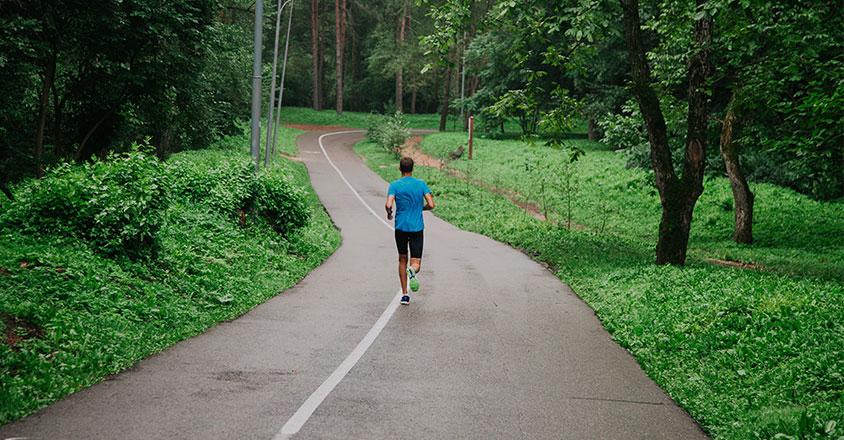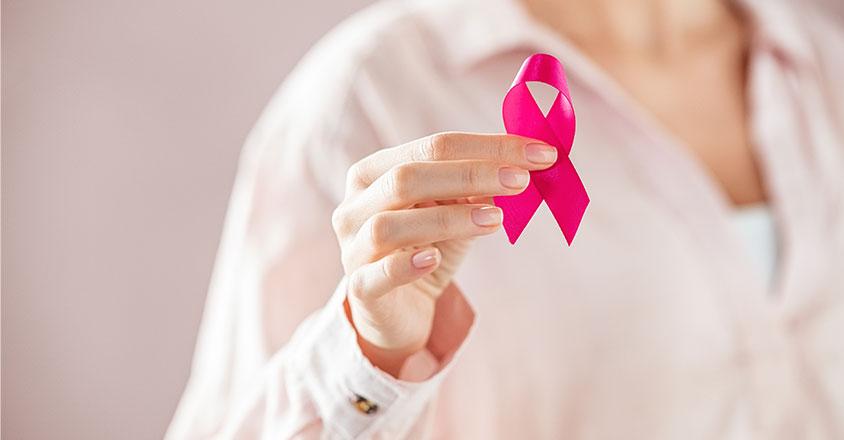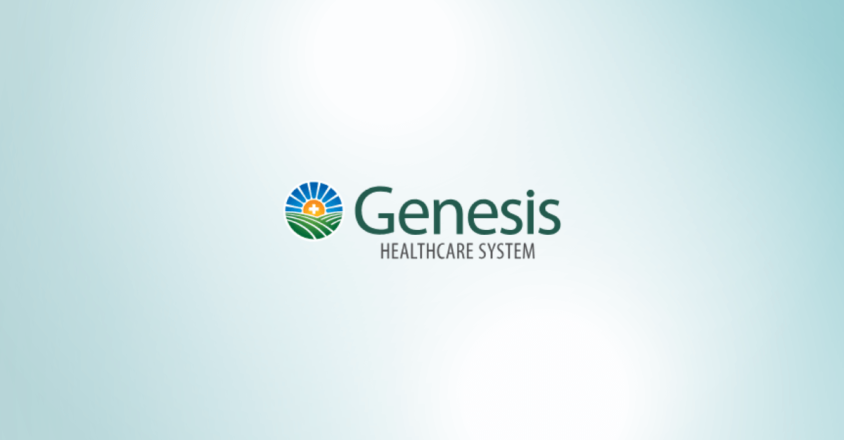Hakim, Jonathan I.
751 Forest Avenue
Ste 301
Zanesville, OH 43701
United States
751 Forest Avenue
Ste 301
Zanesville, OH 43701
United States
Eppley, Megan
Does running or walking win the gold medal in health?
If you’ve ever laced up your sneakers and thought, Should I run or stroll and hope my health tracker app doesn’t judge me? You’re not alone. The great cardio debate has been alive since cavemen argued over whether sprinting from a saber-toothed tiger burned more calories than casually wandering for berries. Spoiler. Both worked.
Let’s start with walking. The Harvard Health website says walking regularly can lower your bad cholesterol, help control blood pressure, lift your mood and more. Plus, it’s gentle on your joints and allows you to wave politely at neighbors while secretly judging their lawn gnomes. Walking is basically exercise’s friendly golden retriever, easygoing, loyal and always there for you.
Running, on the other hand, is like exercise’s caffeinated chihuahua, high-energy, efficient and occasionally terrifying. According to the National Institutes of Health, running strengthens your heart, burns more calories per minute and improves cardiovascular fitness faster than walking. Which means you can justify eating that extra slice of pizza with a jog around the block.
But before you sprint off into the sunset, running can be tough on knees, especially if you’re new to it or channeling your inner Usain Bolt without stretching. However, the Arthritis Foundation reports that when done correctly and with the right shoes, running can decrease the risk of hip and knee replacement.
Walking, meanwhile, is less likely to leave you icing body parts you didn’t know existed.
So, which is better? The Centers for Disease Control and Prevention (CDC) takes a diplomatic approach. Both walking briskly and running count toward the 150 minutes of moderate-intensity or 75 minutes of vigorous-intensity aerobic activity recommended each week. In other words, as long as you’re moving, you’re winning.
The final verdict is that walking is like a long-term relationship which is steady, reliable and keeps you healthy. Running is like speed dating. Intense, exhilarating and can leave you with regrets. The best exercise is the one you’ll actually do without faking an injury to binge-watch TV.
So, lace up, pick your pace and remember whether you walk or run, you’re still lapping everyone sitting on the couch.
Ready to get healthy?
Sign up for our digital newsletters to receive health tips, recipes, success stories for inspiration and information about new doctors to help you on your journey to better health.
Genesis HealthCare System’s Health and Wellness content conveniently provides accurate and helpful information. Your health history and current health may impact suggestions provided through our Health and Wellness content. Although we hope this information is helpful, it is not a substitute for your doctor's medical advice. Before making any significant changes, please consult your doctor.

The best exercise is the one you’ll actually do without faking an injury to binge-watch TV.
Free mammograms for those in need in October
Organizations partner to provide breast cancer screenings
Several community businesses and healthcare organizations are partnering to offer free mammograms to individuals who lack insurance, are under-insured or cannot afford the cost. Coconis Furniture, Marquee Broadcasting (WHIZ-TV), Genesis HealthCare System, Muskingum County Community Foundation, Southeastern Ohio Breast and Cervical Cancer Project, and Riverside Radiology/Lucid Health are committed to ensuring area residents receive this life-saving breast cancer screening regardless of their ability to pay.
During the month of October, National Breast Cancer Awareness Month, community members can pick up a flyer at Coconis Furniture locations, the Genesis Cancer Care Center and the Genesis Coshocton Medical Center. The flyer includes a QR code that can be scanned to apply online for a free screening mammogram. The 3D mammograms will be conducted at the Genesis HealthPlex in Zanesville or the Genesis Coshocton Medical Center in Coshocton by the end of 2025.
For more information, contact Pebbles Kieber, director of Genesis Cancer, Palliative Medicine and Hospice Services, at (740) 454-4274.

Organizations partner to provide breast cancer screenings.
Genesis Volunteers Poinsettia Sale
Decorate for the holidays with beautiful poinsettias and decorative baskets provided by Timber Run Gardens.
Anthem Blue Cross and Blue Shield Expands Healthcare Options for Medicare Advantage Members With Genesis HealthCare System
Anthem Blue Cross and Blue Shield (Anthem) is expanding healthcare options for its Medicare Advantage members in southeastern Ohio with the addition of Genesis HealthCare System to its network. Starting January 1, 2026, Genesis will be an in-network provider for all Anthem Medicare Advantage plans as well as for Ohioans who are dually eligible for both Medicare and Medicaid healthcare coverage under the Next Generation MyCare Ohio program.
“We are proud to welcome Genesis HealthCare System into our network,” said Angelica Jewett, Medicare president of Anthem Blue Cross and Blue Shield in Ohio. “This collaboration means our Medicare Advantage members in southeastern Ohio will have greater choice and access to care close to home. Together, we’re working to make healthcare more affordable, accessible, and responsive to the needs of the communities we serve.”
“We are excited to provide for our community through this partnership with Anthem,” said Michael Norman, Chief Strategy Officer at Genesis HealthCare System. “Ensuring that patients have access to the care they need is a part of our mission.”
Medicare’s annual Open Enrollment period runs October 15 through December 7, 2025, when eligible individuals can review and select their health plan coverage beginning January 1, 2026.

Anthem Blue Cross and Blue Shield (Anthem) is expanding healthcare options for its Medicare Advantage members in southeastern Ohio with the addition of Genesis HealthCare System to its network.
Pro-Am sponsorship
Genesis Pro-Am golf tournament sponsors.
Be a hero. Get your flu shot.
Every year, the flu puts our families, friends and neighbors at risk. But there’s an easy way to protect everyone.
Flu and RSV severity and trends
Flu and RSV severity and trends during the 2024-2025 season.